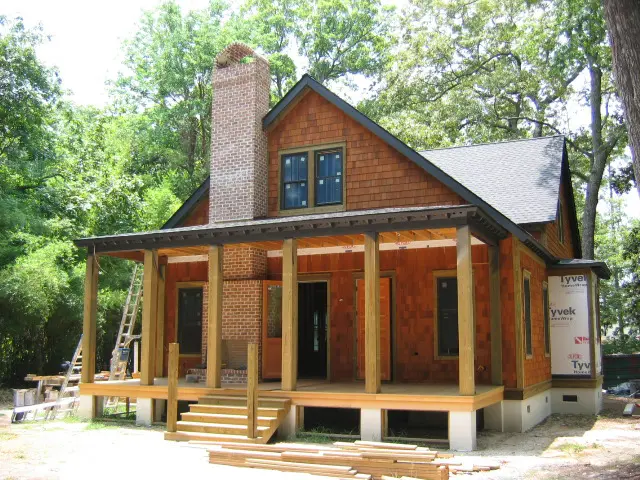
On almost every construction project, one of the first questions to be asked is, “How do we keep our costs under control?”
With the cost of living rising with no end in sight, many home buyers are considering modular homes to keep their costs low – and some small-scale developers are jumping on the bandwagon. However, after 25 years of experience working with various construction systems, it has become clear that modular construction is not the silver bullet many think it is.
Why are Modular Homes Becoming Popular?
Modular construction has become increasingly popular in the construction industry because of its speed, cost-effectiveness, and quality control benefits. This approach involves building different parts of a structure in a factory and assembling them on-site, which can significantly reduce construction time and streamline the building process.
Other reasons why modular construction is gaining popularity:
Efficiency in Repetition: Modular construction repeats the same product, simplifies subsequent projects, and accelerates completion timelines.
Enhanced Quality Control: Building modular units in a controlled environment enhances quality control, surpassing traditional on-site construction methods.
While modular construction has benefits, the shining star is how much time it can save. Since they are built inside a factory, the building process doesn’t have to be delayed by weather and can have a more predictable delivery time than traditionally built homes, meaning that developers can stay on schedule and potentially move onto other projects faster.
The Downside of Modular Construction
It’s important to know that modular construction is not always the best option for every construction project. While it may seem like a simple solution, it’s not always the most affordable or efficient, especially for complicated designs and specific building sites.
Customization and Design Challenges: Modular construction may not offer as much freedom for unique design elements and personalization, which could limit the options available for creating a truly customized home.
Logistical Hurdles: The logistical aspects of modular construction, such as transportation and site preparation, can be tricky and require thorough planning to ensure a smooth process.
Post-Construction Responsibilities: After the modular home is in place, homeowners may have to take on additional tasks and maintenance duties, which can add complexity and require ongoing attention.
5 Advantages of Traditional Home Construction

Traditional stick-built homes are the most popular type of construction in the United States. In fact, nearly 90% of homeowners prefer stick-built homes over modular, and it’s easy to see why. While modular construction offers various benefits, traditionally built homes still hold many advantages over modular construction.
Here is how traditionally built homes excel compared to modular construction:
- Design Flexibility: Traditional stick-built houses offer more flexibility and personalization options than modular homes. This means that developers and homeowners have greater freedom to create one-of-a-kind designs that may not be possible with a modular approach.
- Site Adaptability: The construction process is more flexible and can better accommodate challenging building sites or irregular terrain.
- Craftsmanship and Artistry: The hands-on approach of traditional building methods can result in homes with unique character, intricate detailing, and a sense of individuality that may be harder to achieve in a factory-built modular home.
- Long-Term Value and Durability: While modular homes are built to high-quality control standards, some argue that traditional stick-built homes may offer superior long-term durability and value. The tactile nature of traditional construction methods and the use of high-quality materials can contribute to homes that stand the test of time.
- Customization and Unforeseen Challenges: Traditional stick-built homes offer better adaptability in complex or custom-designed projects, making addressing challenges or last-minute design modifications easier than modular construction.
Choosing High-Quality Home Construction
Understanding the benefits and drawbacks of construction approaches is crucial in ensuring that the project meets its intended goals. Ultimately, choosing between modular and traditional construction comes down to one thing – creating a home people will love.
At Allison Ramsey, we specialize in creating homes that do just that. Our high-quality home designs allow developers to build homes that their clients have been dreaming about for years. Visit our website to learn how to leverage our designs in your portfolio to leave a lasting impact.

